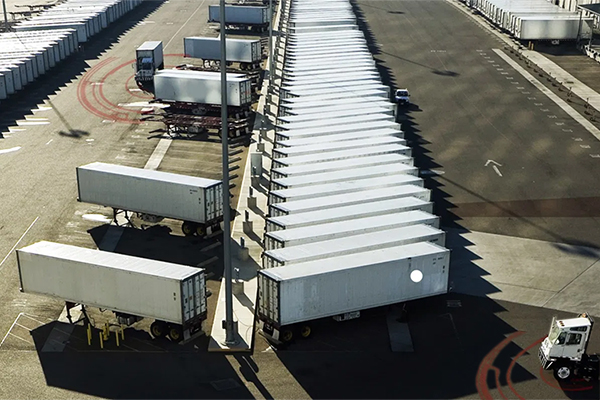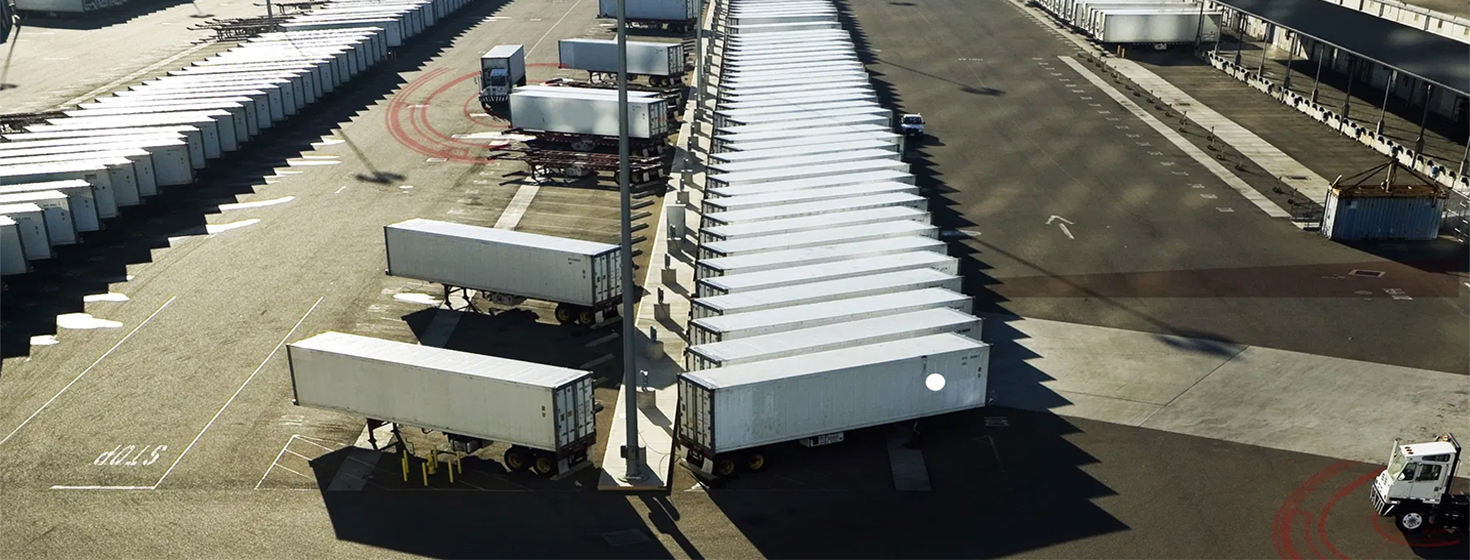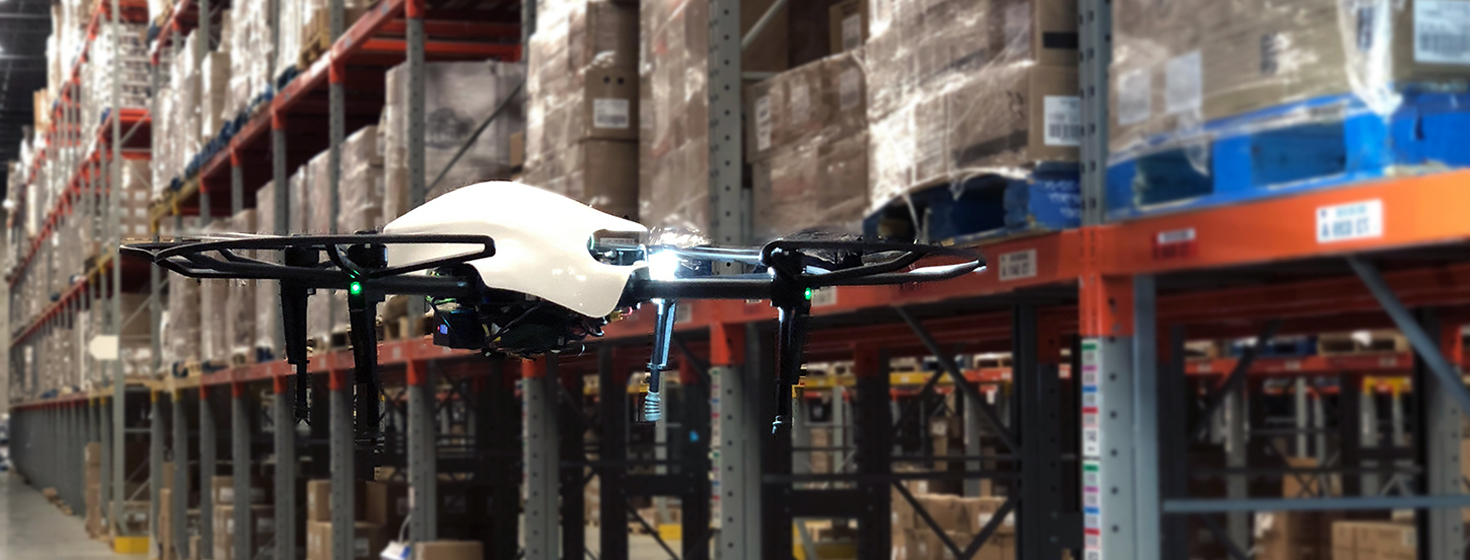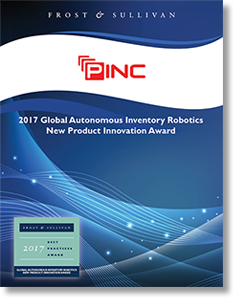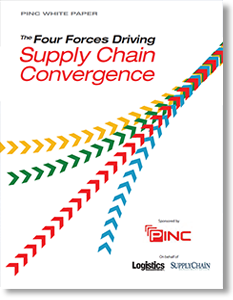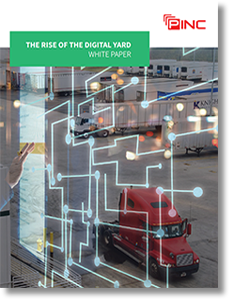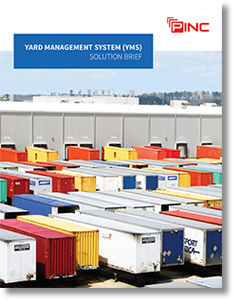Self-Driving Vehicles and Related Technologies
Across all transportation-reliant industries, we see more experimentation with self-driving vehicles and related technologies.
Focused on lessening their reliance on human drivers in the midst of a significant truck driver shortage and leveraging the capabilities of modern technology, these companies are leading a charge that one day could give autonomous vehicles a real presence on the world’s highways and byways.
Those vehicles won’t be limited to passenger automobiles.
Also making their way into the autonomous realm are trucks, buses, and yard and shuttle trucks.
In my opinion, these autonomous vehicles which operate in controlled environments, such as ports, manufacturing plants, and distribution center yards will be the first to go mainstream.
Already, companies have made fully autonomous beer deliveries and struck alliances to operate autonomous trucks (ATs) jointly.
The rigs these companies are using are typically new medium- and heavy-duty trucks, outfitted with lidars, sensors, and other technology to allow the vehicle to operate without human intervention.
Basic versions of the kit cost as little as $30,000; high-end packages might cost $100,000, McKinsey reports.
However, most companies are in stealth mode. ZF revealed autonomous Terminal Yard Tractor to the world last year.
Running defined lanes within a restricted area, the yard trucks present an easy use case for moving freight from point A to point B autonomously.
An extended sensor set enables the Terminal Yard Tractor to monitor its surroundings, while the central computer – ZF ProAI – coordinates the functions of longitudinal and lateral guidance, allowing the tractor to take the trailer from the truck and autonomously maneuver it to the ramp for loading and discharging.
“These vehicles can prevent maneuvering damage and downtimes,” ZF’s CEO told CCJ Digital, “which gives logistics companies a competitive advantage. The functions presented in our current innovation vehicles are applications that are in high demand and pay off quickly. Automated driving functions will see wider use in commercial vehicles much earlier than in the passenger market. We believe autonomous technologies will become standard in areas where they increase operational security and reduce operational costs.”
To run properly and operate safely, companies using autonomous yard and shuttle trucks will lean on robust yard management systems (YMS) like PINC to orchestrate the vehicles, optimize their usage, and expedite yard operations.
ZF’s electrically-driven Innovation Van, for example, combines an electric powertrain with advanced autonomous technologies, using a smart algorithm that factors in customer requests in real-time, while also calculating the most efficient delivery route.
Gaining Steam
In May, the U.S. Postal Service announced that it was testing self-driving trucks on a more than 1,000-mile mail run between Phoenix and Dallas, the post office’s first use of the technology for long hauls.
The two-week pilot used big rigs supplied by autonomous trucking firm TuSimple to haul trailers on five round trips between distribution centers, according to Reuters.
Losing money for several years as letter volume has declined, the Post Office is trying to restrain operating costs and is seeking ways to cut fuel expenses, improve truck safety, and use its fleet more efficiently.
“We are conducting research and testing as part of our efforts to operate a future class of vehicles,” a postal service spokeswoman told the Wall Street Journal, “which will incorporate new technology to accommodate a diverse mail mix, enhance safety, improve service, reduce emissions, and produce operational savings.”
The post office isn’t alone. Daimler Trucks is testing high-automation trucks on public roads in Virginia, following through on a pledge to make Level 4 automation a reality.
In March of this year, the Germany-based Daimler AG accelerated its testing efforts through the purchase of 13-year-old software provider Torc Robotics. Daimler plans to commercially produce heavy-duty trucks that can drive by themselves in most situations within the next five to ten years.
“Bringing Level 4 trucks to the public roads is a major step toward our goal to deliver reliable and safe trucks for the benefit of our customers, our economy and society,” said Martin Daum, member of the Daimler AG Board of Management responsible for trucks and buses.
Phasing It In
According to the McKinsey Center for Future Mobility, the autonomous vehicle trend is evolving in phases. The first two waves will feature “platooning,” a technique to connect a convoy of trucks wirelessly to a lead truck, allowing them to operate safely much closer together and realize fuel efficiencies.
“In about five to seven years, the next wave, driverless platooning, will take hold,” the group says. “On interstate highways, these platoons will feature a driver in the lead truck and unmanned trucks following close behind.”
Future waves will include unmanned trucks operating throughout the interstate-highway system and other “geofenced” areas without a platoon, and finally, fully autonomous trucks, operating at scale without drivers from loading to delivery, the firm predicts.
More to Come
As I mentioned previously, ports and trailer yards certainly represent the best short-term opportunities for autonomous vehicles to be operational and evolve.
These are controlled and safer commercial environments with processes in place and lots of technologies available to empower these ATs to operate to their full capacity.
As ATs take to the highways, McKinsey sees four main implications for today’s trucking companies.
First and most obviously, ATs will cut operating costs - though, capital expenditures will rise, which could alter companies’ balance sheets.
Second, the rise of ATs could spur consolidation of the national fleet, which is highly fragmented today.
Third, ATs could alleviate the industry’s capacity crunch. And finally, ATs could create an opportunity for truck OEMs to move downstream and enter transport markets.
“To be sure, the path forward for ATs is not assured,” it concludes.
“Some companies will invest early to test and learn, spending substantial R&D dollars along the way. Others will be fast followers and invest as the business case develops. Still, others will wait until the technology is widely available and clearly cost advantageous.”
About the Author

Matt Yearling joined PINC Solutions as chief executive officer in March 2013 and is responsible for the overall strategic and operational management of the company. Matt’s past roles include vice president and general manager of Encryption Products at Symantec Corporation, senior vice president of Global CRM Product Development at Sage Inc., Chief Technology Officer for Embarcadero Systems Corp (a Ports America company). As vice president of Oracle On Demand Matt played a pivotal role in making it Oracle’s fastest growing line-of-business.
Related Article: Using the Right Technology For Your Inventory Management
Related Resources
Using Autonomous Robots to Drive Supply Chain Innovation
This paper details how new technologies are presenting promising opportunities for improvement across the supply chain and how autonomous robots and drones are poised to change the game. Download Now!
Global Autonomous Inventory Robotics New Product Innovation Award
This best practices research paper details the PINC Air inventory robotics solution with its quick deployment model, faster inventory velocity, product ingenuity, and rapid ROI underscoring the decision for PINC to win Frost & Sullivan’s 2017 New Product Innovation Award. Download Now!
The Four Forces Driving Supply Chain Innovation
When supply chain professionals discuss supply chain execution, their focus is typically put on transportation management systems and warehouse management systems, the yard management systems capability and importance is mistakenly undervalued. Download Now!
The Rise of the Digital Yard
In this white paper we explore the rise of the digital yard and show how technology is enabling significant efficiencies, productivity gains, and cost containment in a world where every penny added to the bottom line positively impacts organizational success. Download Now!
Solution Brief: Yard Management System
Yards are the intersection between warehouses and transportation, they are a critical linkage in logistics management practices and have a significant impact on the overall efficiency of the supply chain. Download Now!
More PINC Resources
Article topics
Email Sign Up

